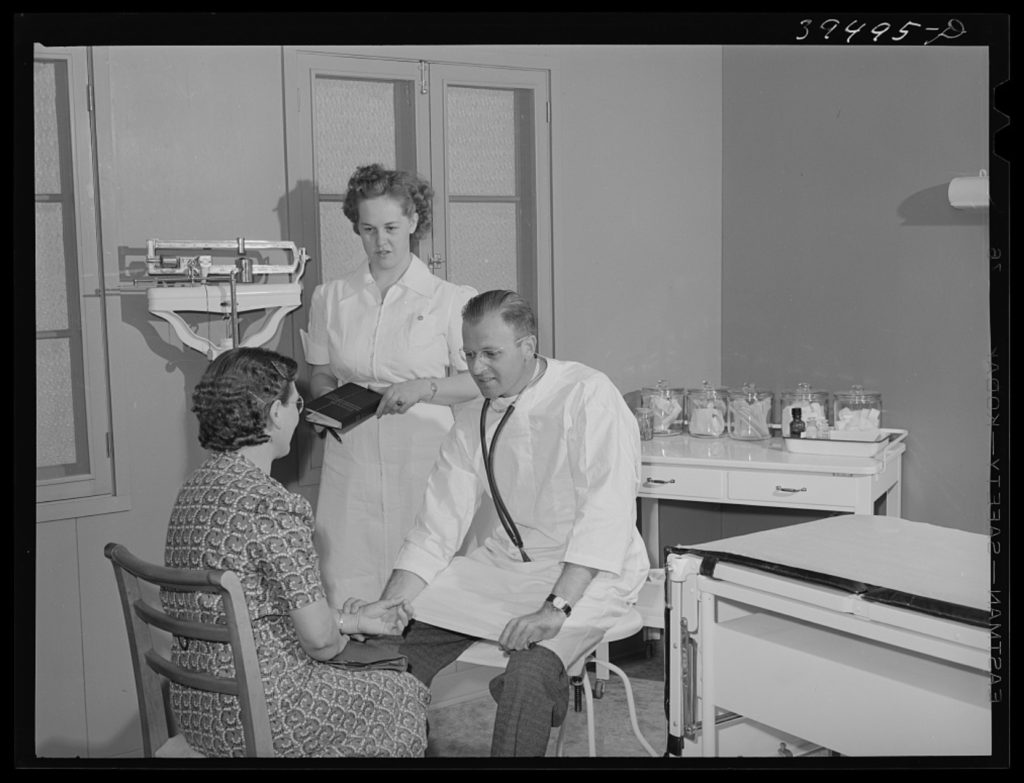
Medicare’s announced primary care models will provide an interesting test of whether financially-motivated primary care practices (PCPs) can improve hospital utilization, the key outcome measure that will determine provider revenues under the pilot.
While provider risk for costs of patient care is inevitable for most physicians in the future, providers don’t have the same potential for financial success. That is especially true for PCPs, whose volume and roles in health care have been eclipsed by specialists and industry consolidation. Whether Value-Based Health Care can restore primary care to a central role of coordination—with the potential for cost reduction—is at the heart of Medicare’s primary care models.
PCPs’ capabilities to deliver coordinated, accountable care differ widely. Some PCPs still lack electronic health records, while others participate in advanced technology and models of care. The idealized notion that all primary care physicians can cultivate the capability to deliver customer service and engage patients in coordinated care—thereby preventing crises and expensive costs—is still largely theory. Furthermore, given that most health care now requires very specialized expertise that PCPs don’t offer, we should consider whether small physician groups are the best target for testing the value of primary care .
Let’s examine the issues by evaluating Medicare’s new Primary Care First (PCF)model.
Primary Care First: Doable in Today’s Consolidated Health Care Environment?
Primary Care First is targeted to small but sophisticated practices, with 24/7 availability to patients, experience in risk-based reimbursements, use of certified EHR technology, and participation in data exchange. Practices are reimbursed for patient care by a population-based payment plus a flat fee per patient visit. In addition, there is an upside incentive potential of 50 percent of revenues and downside risk of 10 percent of revenues based on performance, a proposition that is attractive enough to induce physicians to keep costs in check to participate.
The key central factor that determines final revenues for the PCF primary care practice is based on the HEDIS Acute Hospital Utilization measure, with an algorithm that compares expected-to-actual utilization. Performance that is better than the algorithm results is rewarded by degrees of improved performance, and performance that is poorer results in reimbursement to CMS.
Other Non-PCP Providers Drive Acute Hospitalization Outcome Performance
Here’s a key concept for primary care practices trying to make sense of how to manage their risk in PCF: expected-to-actual hospital utilization is a performance indicator, but this is not actionable data. It is simply a measurement tool that has been introduced in PCF to minimize results that could be overly focused on historical levels of utilization by the group, or existing in the geographical region. In order to actually achieve performance on this measure, the primary care group will need to focus on how hospital admissions occur and what affects their length of stay.
The goal of PCF is to promote primary care and return to a primary-care-focused system as a mechanism of cost control and better patient service. But the reality is that only 2 percent of Medicare services are classified as true primary care. The remainder are specialty services, facility care, and post-acute services.
The harsh reality is this: To succeed in controlling hospital utilization under PCF, primary care physicians must be able to affect costs that are beyond the scope of their own services to patients, and in fact are provided by other physicians. These are:
- Specialty physicians who admit patients, perform procedures, and direct the patients’ care plan, and
- Hospitalists who oversee the inpatient course of care.
Successful practices under risk in the past required patients to get prior authorization before accessing specialty services, a policy enforced by the patients’ HMO benefit plans. PCF Primary Care Physicians won’t have these options because they are not allowed by Medicare’s prohibition against curtailing beneficiaries’ open access to providers.
Primary Care Physicians Must Choose Specialists and Hospitals
With revenues at stake, PCPs cannot afford to depend on old relationships and friendships to guide referrals to specialists. They also can’t afford to remove themselves from the decision-making process once a patient is admitted and managed by a hospitalist. They will need data that compares specialty provider efficiency, quality and volume.
Unfortunately, the PCF model depends entirely on the primary care paradigm to deliver excellence and efficiency, but does not provide the necessary tools for PCPs to establish referral arrangements that are driven by patient results. By failing to ensure that PCPs can exert prudent purchasing power in specialty and institutional services, CMS has embedded a significant shortcoming in PCF that could leave PCPs vulnerable to revenue losses.
That said, primary care practices of the status envisioned by Primary Care First are not without resources. PCPs can implement methods to evaluate costs and quality of specialists by creating referral agreements with stipulations. These should include provision of per-episode costs for comparison with other groups, adherence to customer service and PCP communication standards prior to finalizing referral arrangements. Cost per episode is emerging as the most reasonable methodology for comparing costs and aligning with clinical pathways for specialty care.
Health care vendors are currently developing episode and bundled payment packages to help specialists accommodate to risk and market their services. These same services can be dual-facing to create data that PCPs will need to evaluate multiple specialists. Primaries and specialists will both benefit by shared data that can be used to coordinate care and help patients make wise and cost-effective medical decisions.
Primary care physicians must also reengage in the hospital experience, rather than leaving patients fully in the hands of hospitalists and specialists while in inpatient settings. They should feel empowered to choose their preferred hospital and communicate this to their patients, while preserving their choices. There has been a long-standing impasse between primary care physicians and hospitals over PCP notification of their patients’ admissions. Now is a time that PCPs can wield influence through their patient referrals to achieve their goals.
PCPs May Achieve Goals, but Infrastructure and Data Are Needed
Primary Care First is a model that harkens to times when patients trusted their primary care physicians and the physician-patient relationship was life-long. That has largely disappeared and is unlikely to make a strong comeback. It doesn’t mean that the model is impossible, only that it is lacking specific tools to help primary care physicians exert influence over costs.
The agenda is ambitious for PCF and for primary care as a means of central communication and coordination. That is a good development in a care system that is too often on autopilot.
With strategies that align all providers in a common quest to lower cost and raise outcomes, PCF can develop into a structure that will support a central role for primary care, as well as financial risk.
Founded as ICLOPS in 2002, Roji Health Intelligence guides health care systems, providers and patients on the path to better health through Solutions that help providers improve their value and succeed in Risk. Roji Health Intelligence is a CMS Qualified Clinical Data Registry.
Image: “Doctor and nurse with patient at the clinic of the FSA (Farm Security Administration) and farm labor camp. Caldwell, Idaho.” June 1941. Library of Congress






